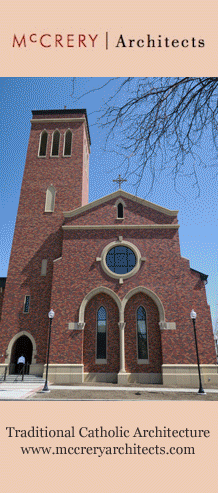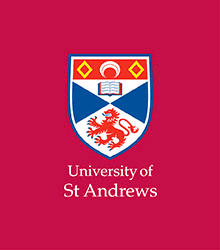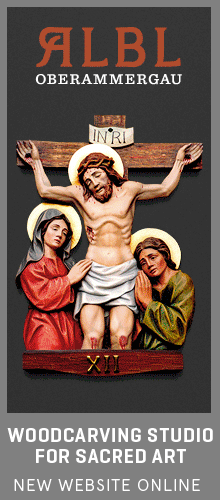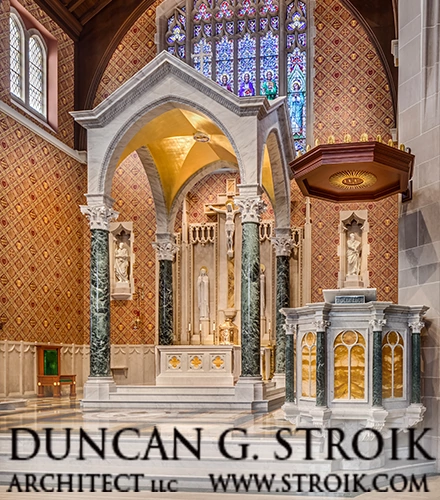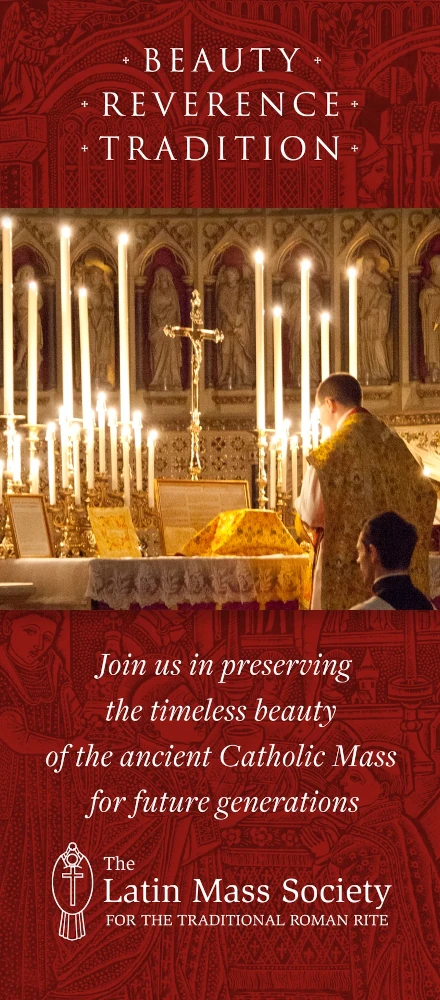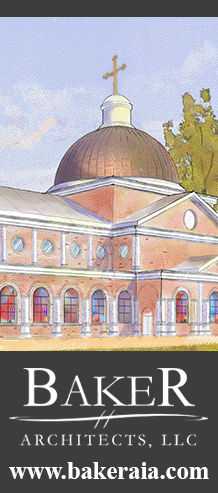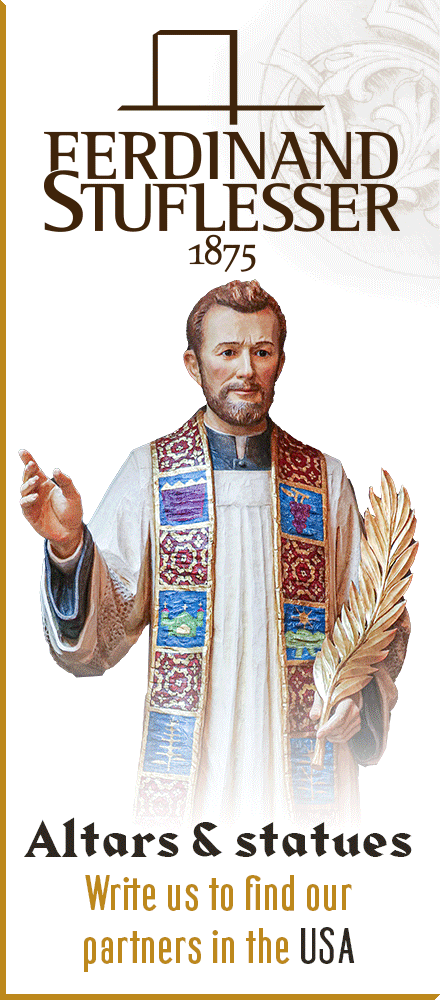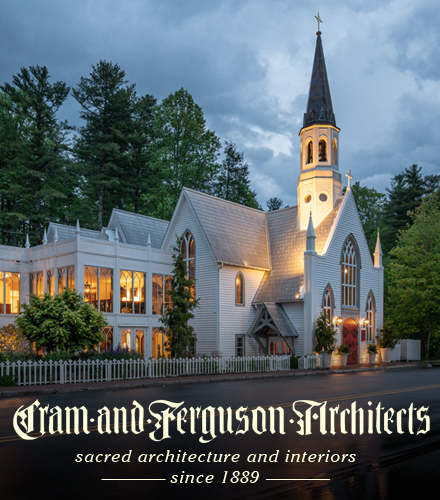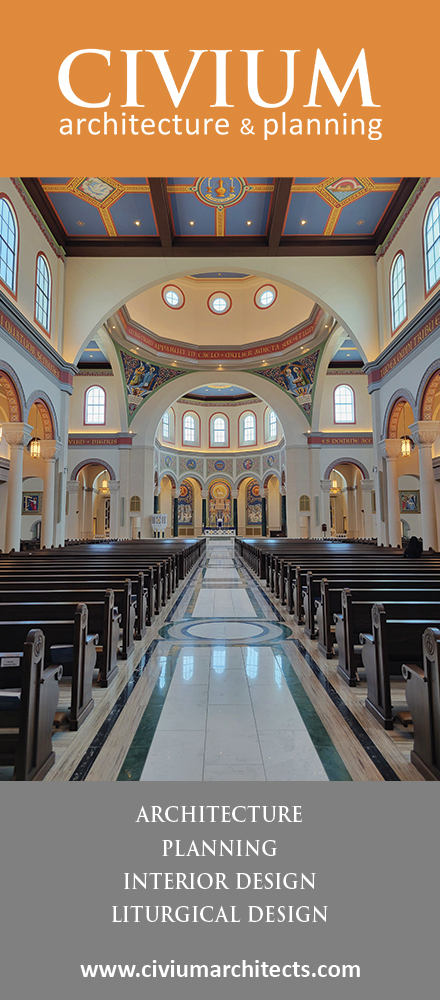The Byrd Festival assembles again this year. One of the leading art events of the entire year, this one is very special for anyone interested liturgy because the focus of the entire event is to experience the music of Byrd and others within its liturgical context. To honor and document the event and the history of Byrd's music, the CMAA produced A Byrd Celebration as a book to treasure.
William Mahrt reviewed the book in the Winter 2009 issue of Early Music:
A Byrd Celebration: Lectures at the William Byrd Festival, Portland, Oregon 1998–2008, ed. Richard Turbet (Richmond, VA: Church Music Association of America, 2008), £26.13 hardback, £18.53 paperback
Whilst the Pacific Northwest might seem an unlikely home for a festival dedicated to an early English composer, the William Byrd Festival held annually since 1998 at Portland, Oregon, continues to go from strength to strength. Each August sees a two-week period devoted to a stimulating combination of lectures, concerts and liturgical performances held in tribute of the composer and his music. The festival is the brainchild of Dean Applegate, director of local choir Cantores in Ecclesia, whose liturgical performances, under guest conductor Richard Marlow, provide the foundation upon which the festival is built each year.
For those of us who have not yet made the trip over to Portland, this publication provides the next best thing, offering a selection of 15 lectures delivered at the festival during the last decade. Several of the leading authorities on Byrd have attended over the years, with the result that A Byrd celebration provides a useful general introduction to Byrd studies as well as a flavour of the academic content underpinning the festival's programme. Lectures are presented under thematic headings; the opening section, ‘Biography’, sets the scene with a brief biographical sketch by Kerry McCarthy, taken from the festival's programme notes. The same author's more substantial discussion of the composer's patrons and Jesuit associates (‘Byrd and friends’) is accompanied by ‘William Byrd, Catholic and careerist’, Joseph Kerman's authoritative account of the relationship between the composer's religious life and his more worldly concerns as a professional musician.
Lectures covering Latin sacred music are grouped under headings of ‘Masses’, ‘Cantiones’, ‘Gradualia’ and ‘Unpublished motets’. William Mahrt, Professor at Stanford University, has contributed regularly to the festival since its inception and is represented here by four lectures that illuminate different aspects of Byrd's approach to these genres. ‘William Byrd's art of melody’ is a particularly instructive take on an often-neglected topic, whilst in ‘Grave and merrie, major and minor: expressive paradoxes in Byrd's Cantiones Sacrae, 1589’ the author shows how Byrd exploits interaction between distinctive modal characteristics, or commixtio, in order to achieve his expressive ends. (These two essays are erroneously listed in reverse order in the book's Table of Contents, perhaps the most glaring of one or two typos in the volume that have escaped proof-reading.)
Inevitably, given the festival's focus on liturgical performance of Byrd's sacred vocal music, there is a bias in this volume towards the composer's Masses and motets. This is redressed to some extent by a section dedicated to ‘English music’. In ‘Byrd the Anglican?’ David Trendell presents a comparative study of the composer's English-texted music in the Reformed style and the recusant motets from the 1589 Cantiones, raising the intriguing question of whether his penchant for expressive homophonic declamation might have been inspired by the stylistic requirements of the English anthem. Richard Turbet's discussion of the Great Service (‘Byrd's Great Service: the jewel in the crown of Anglican music’), presented at the festival in 2007, considers the sublime nature of the composer's word-setting in this work and concludes by suggesting that the service may have been composed in honour of the 40th anniversary of Queen Elizabeth's accession in 1598.
The high standard of scholarship on offer, and the time-span covered, means that some of the lectures presented here have subsequently appeared in print as journal articles or book chapters. David Trendell's ‘Byrd's musical recusancy’, from 2003, represents an early manifestation of research aimed at explicating the musical devices employed by the composer to convey the sentiments of the texts in the ‘political’ motets of the 1589 Cantiones. The topic has since received more comprehensive treatment in the author's ‘Aspects of William Byrd's musical recusancy’ (Musical Times, cxviii (2007), pp.27–50). Conversely, Philip Brett's 2001 lecture, ‘"Blame not the printer": William Byrd's publishing drive 1588-1591’, appears in what is presumably its full-length original version. The same essay, springing from a comparison of Byrd with the poet Edmund Spenser, has recently been published in abridged form as ‘William Byrd: new reflections’ in the retrospective volume of Brett's writings (William Byrd and his contemporaries (Berkeley, 2007); reviewed in Early Music, xxxv (2007), pp.291–3). It is good to see the full text restored here, complete with copious musical examples, although 40 pages of score appended to a ten-page essay does produce a rather unbalanced effect, particularly as this is the only chapter in the volume to receive such treatment.
The first of two appendixes provides a complete record of choral works performed at the festival, compiled by Mark Williams, resident organist at the festival since 2000. It is revealing that whilst the three Masses are each performed annually, the Portland Festival has witnessed performances of only three English-texted anthems in its ten-year history. The Magnificat and Nunc Dimittis from the Great Service have made more consistent appearances, along with the Preces and Responses, but there is evidently plenty of scope for performance of this repertory at future festivals. Also noticeable is the complete absence of the English-texted part-songs contained in the composer's printed collections of 1588, 1589 and 1611. These pieces constitute a substantial proportion of the composer's output, notwithstanding those that were originally designed as consort songs, and several set sacred texts suitable for performance in church. It is true that there is no established tradition of choral performance for the majority of these songs (in contrast to the Masses and motets), but in terms of original performance context they are no more or less ‘choral’ than their Latin counterparts, and are deserving of more attention than they currently receive. As Kerry McCarthy intimates in her informative and wide-ranging lecture ‘Rose garlands and gunpowder: Byrd's musical world in 1605’: ‘It's easy to underestimate the sheer scope of his music ... Byrd, even when he was at his most sectarian, had a certain broad-mindedness and musical curiosity that makes him stand out amongst his contemporaries.’ Hopefully the recent completion of the Byrd Edition will encourage similar curiosity amongst performers in the future.
The origin of the essays in this collection as lectures gives them an accessible feel, and the content remains thoroughly readable without becoming too informal. On the whole the text is light on citations but replete with references to musical examples: for added value some of the lectures will be best read with one's CD collection at the ready in order to re-create the festival atmosphere at the points marked in the text. The editor Richard Turbet has succeeded in delivering a collection of essays that serves both as a fitting commemoration of the festival and as a stimulating survey of recent Byrd scholarship. More information on the Portland William Byrd Festival is available online at: http://www.byrdfestival.org.


